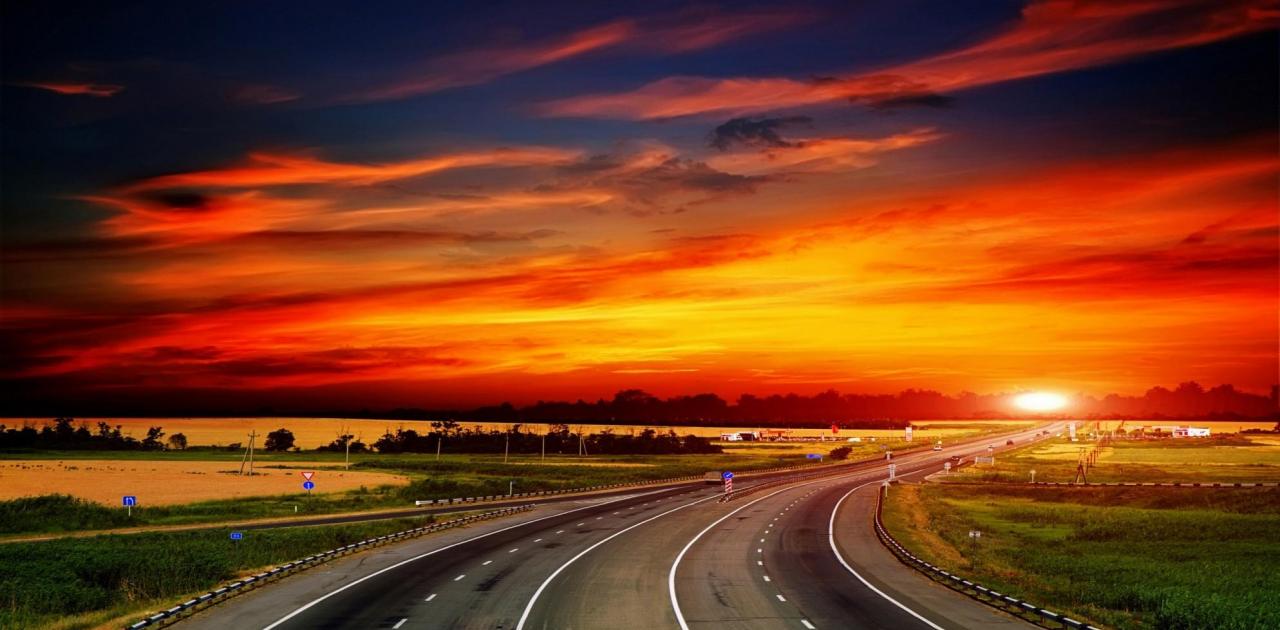
The truth is that the color of the sky is not actually blue. But what color is it and why does this happen?
The vast majority – who look at the blue color of the sky – believe that the blue color they see in the sky is its true color. The truth is that the color of the sky is not actually blue. But what color is it and why does this happen?
On a sunny day, the sky is blue, the clouds are white, and the sun is its usual yellow color. But as the sun sets, the sky and clouds turn pink, orange and purple, while the sun turns crimson.
What happens; The light produced inside the sun is white. But white also contains other colors, all the colors of the rainbow. If you observe white through a prism, you will see a rainbow. The spectrum divides white into its colours. While white initially enters the prism, bands of red, orange, yellow, blue, light blue, and violet emerge from the other side.
When sunlight enters the Earth’s atmosphere from space, part of it separates and reaches Earth intact, retaining its white color. But since Earth’s air contains gaseous molecules such as nitrogen and oxygen, some light will pass through it and down.
When sunlight passes through a gas molecule, such as oxygen, it decomposes into its true colors, which in turn scatter in all directions. But the brightness of the emerging light depends on the color. The blue light emitted by a gas molecule is 8 times brighter than red light. We are bathed in intense blue light from billions of gas molecules, streaming in all directions, painting the sky blue (a color that is not “pure” blue, because other colors reach our eyes too, but are much fainter).
This results in blue light rays leaving the sun and finally reaching the observer from every direction, as can be seen in the figure below, their blue color across the sky.
The solar ray, having lost its blue color, becomes yellowish, because the remaining colors are more intense. So the sun appears more yellow to us than it actually is.
At sunset the change is most noticeable. The lower layers of air are the densest, because they contain more gas and dust particles. Therefore, when the Sun is low in the sky, its light must travel through a denser layer of air than during the day.
Also, its light has to travel a longer distance in the atmosphere to reach the observer, and most of the blue light from the Sun never reaches the observer. Since the phenomenon is not as intense in the red, it continues its path almost intact. Thus, the sun’s disk appears clearly redder than the yellow color it is during the day. Often due to the presence of clouds and dust in the atmosphere, they absorb and scatter blue light much more strongly than red and yellow light, making the same sky towards sunset appear reddish.

“Total alcohol fanatic. Coffee junkie. Amateur twitter evangelist. Wannabe zombie enthusiast.”





More Stories
Is this what the PS5 Pro will look like? (Image)
Finally, Windows 11 24H2 update significantly boosts AMD Ryzen – Windows 11 performance
Heart Surgeon Reveals The 4 Things He ‘Totally Avoids’ In His Life